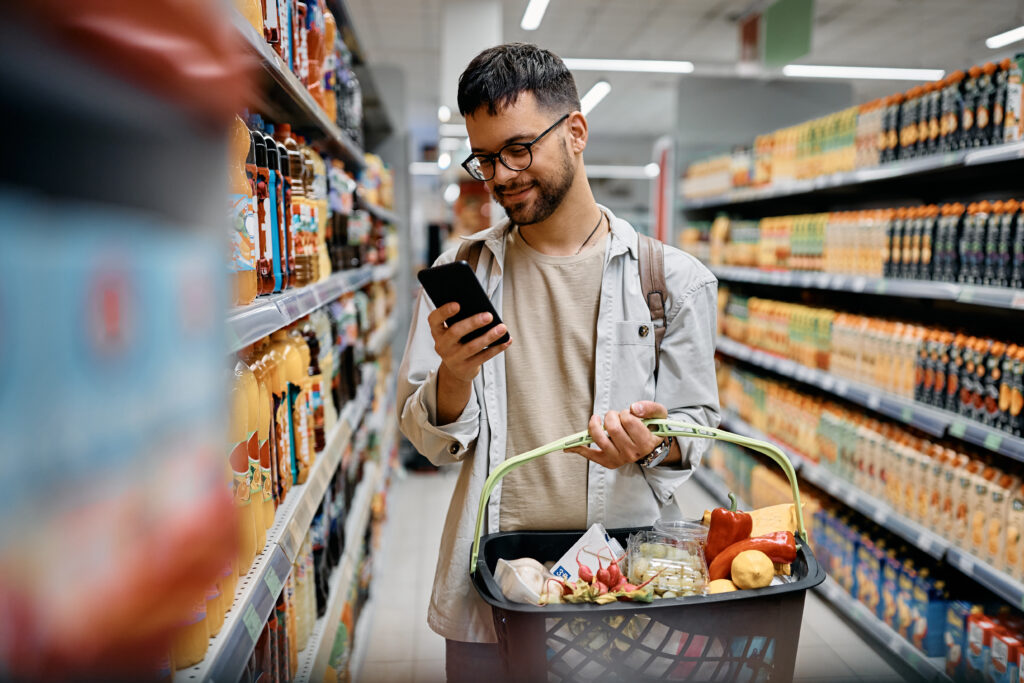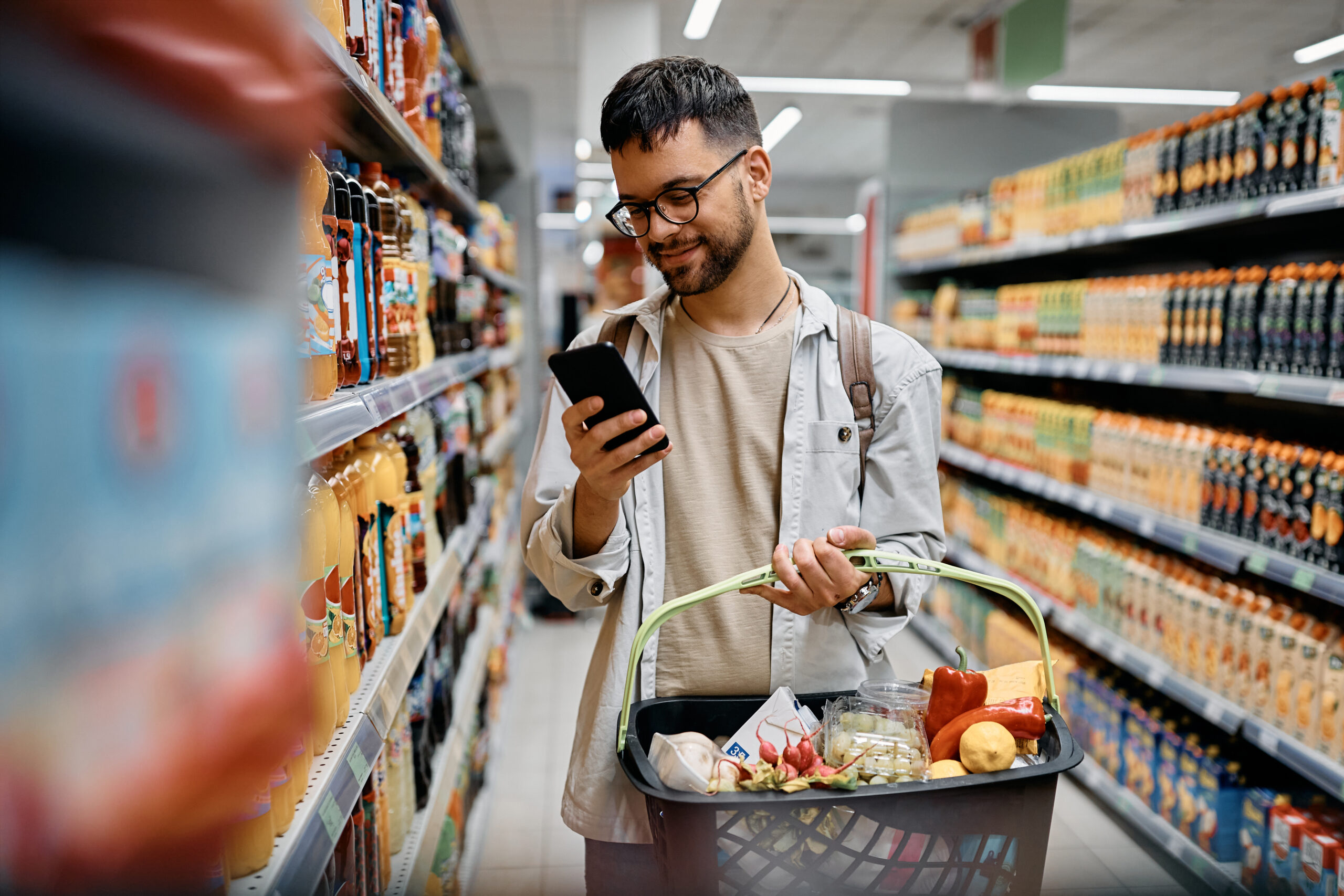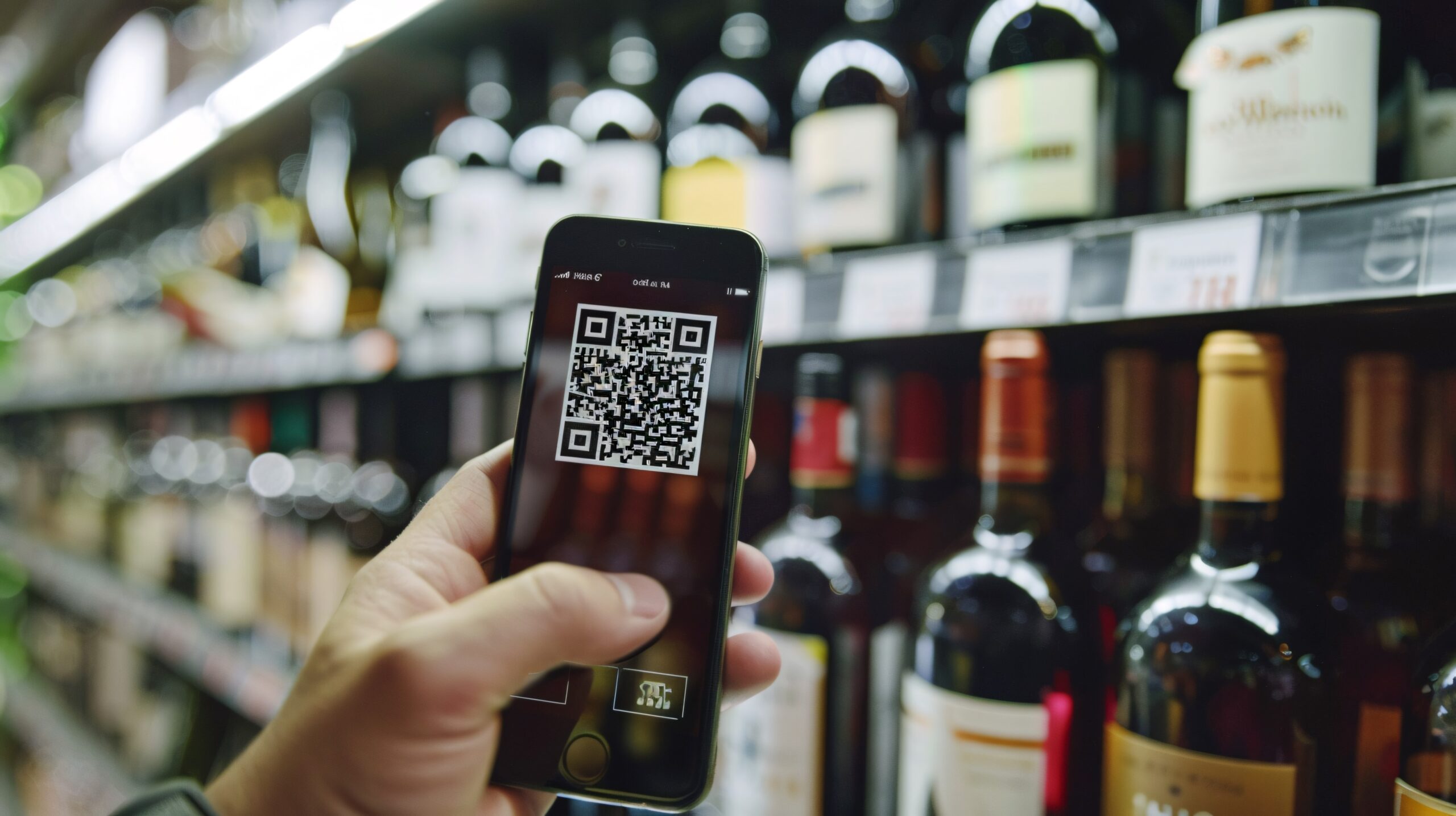Data Dive: How Frequent Online Grocery Shoppers Leverage Product Content to Enhance Their Shopping Journey
November 21, 2024

Data Dive: How Frequent Online Grocery Shoppers Leverage Product Content to Enhance Their Shopping Journey

The latest 2024 Consumer Product Content Benchmark report sheds light on the vital role product content plays in today’s hybrid retail landscape. As consumers increasingly embrace a blend of digital and in-store shopping experiences, rich, detailed product content has become the cornerstone of the path to purchase. This fourth edition of the benchmark report offers insights into how product content drives discovery, alignment and validation at every step of the consumer journey.
For frequent online grocery shoppers, product content is especially powerful. Nearly 80% of consumers report abandoning purchases due to poor product content, while almost half admit that compelling online content has led them to make purchases they hadn’t initially planned. In this article, we dive into the behaviors of frequent online grocery shoppers, revealing how they are using digital touchpoints like TikTok, QR codes and social media to navigate their buying journey.
1. Social Commerce on TikTok: A New Digital Aisle for Grocery Shopping
Our data reveals that 48% of frequent online grocery shoppers have made a purchase through TikTok Shop. This stat underscores a significant shift towards social commerce, especially for impulse purchases inspired by short, visually appealing content. TikTok’s combination of video content, influencer partnerships and in-app shopping creates a seamless path from discovery to purchase.
Why This Matters: Grocery brands that want to capture the attention of digital-first consumers should consider TikTok as a channel for authentic, visually engaging content. Recipe videos, influencer endorsements and how-to guides are highly effective content formats that align well with grocery products and lifestyle brands.
2. QR Codes: Enhancing the Hybrid Shopping Experience
QR codes are becoming essential tools for bridging the online and in-store experience. Among frequent online grocery shoppers, 75% have scanned a QR code on a product in-store, and 42% report that QR codes enhance their shopping experience significantly. Interestingly, 72% of these shoppers scan QR codes even after purchase to gain additional product information.
Why This Matters: For brands, QR codes present an opportunity to enrich the in-store experience by providing consumers with detailed product information, recipes and promotions. The post-purchase scans further extend brand engagement, allowing companies to offer content that educates or entertains, such as video tutorials, recycling tips or ingredient sourcing information.
3. The Social Connection: Following Brands and Retailers for Grocery Shopping Inspiration
With 65% of frequent online grocery shoppers following brands and retailers on social media, it’s clear that consumers want to stay updated on new products, promotions, and brand values. Social media has become an extension of the grocery aisle, offering a way for shoppers to connect directly with brands and engage with content that resonates with their lifestyle.
Why This Matters: Brands that are proactive on social media can foster strong customer relationships and inspire loyalty. Sharing a mix of product highlights, user-generated content and seasonal recipes can deepen brand affinity and drive repeat purchases. Grocery retailers can use these channels to highlight their latest private-label offerings or showcase customer testimonials.
4. Product Reviews: Building Trust in the Virtual Grocery Aisle
One of the most telling findings from our report is that 86% of frequent online grocery shoppers leave product reviews. This engagement level highlights the importance of user-generated content (UGC) in building trust, as shoppers rely on the experiences of others to validate their purchase decisions.
Why This Matters: Brands should encourage customer reviews and utilize them on their product detail pages and social media. Providing a platform for reviews helps grocery brands improve transparency and demonstrates a commitment to customer satisfaction. Shoppers today value the authenticity of UGC, and product reviews play a significant role in driving repeat purchases.
5. The Appeal of Store-Brand Products
Frequent online grocery shoppers are increasingly choosing store-brand items, with 76% preferring store-brand packaged groceries over name brands. Quality has emerged as the primary factor for this choice, suggesting that private labels are gaining traction for more than just their price point.
Why This Matters: For grocery brands, this trend reinforces the importance of quality assurance and effective product marketing. Private-label brands can enhance loyalty by emphasizing their quality and value, while national brands might benefit from focusing on unique attributes that differentiate them from store brands. Additionally, brands can use content strategies to spotlight their product’s quality through detailed descriptions, customer reviews and engaging imagery.
The Bottom Line
Frequent online grocery shoppers are leading a transformation in how product content is used to inform and enhance the path to purchase. Their behaviors—from scanning QR codes to following brands on social media and making purchases on TikTok—reveal a shopper who is engaged, informed and keen to interact with brands in both digital and physical spaces.
To succeed in this competitive landscape, grocery brands must create content that seamlessly bridges online and in-store experiences. By investing in a content strategy that supports discovery, alignment and validation, brands can build trust, foster loyalty and ultimately, drive more conversions in a market where consumers have more options than ever before.




